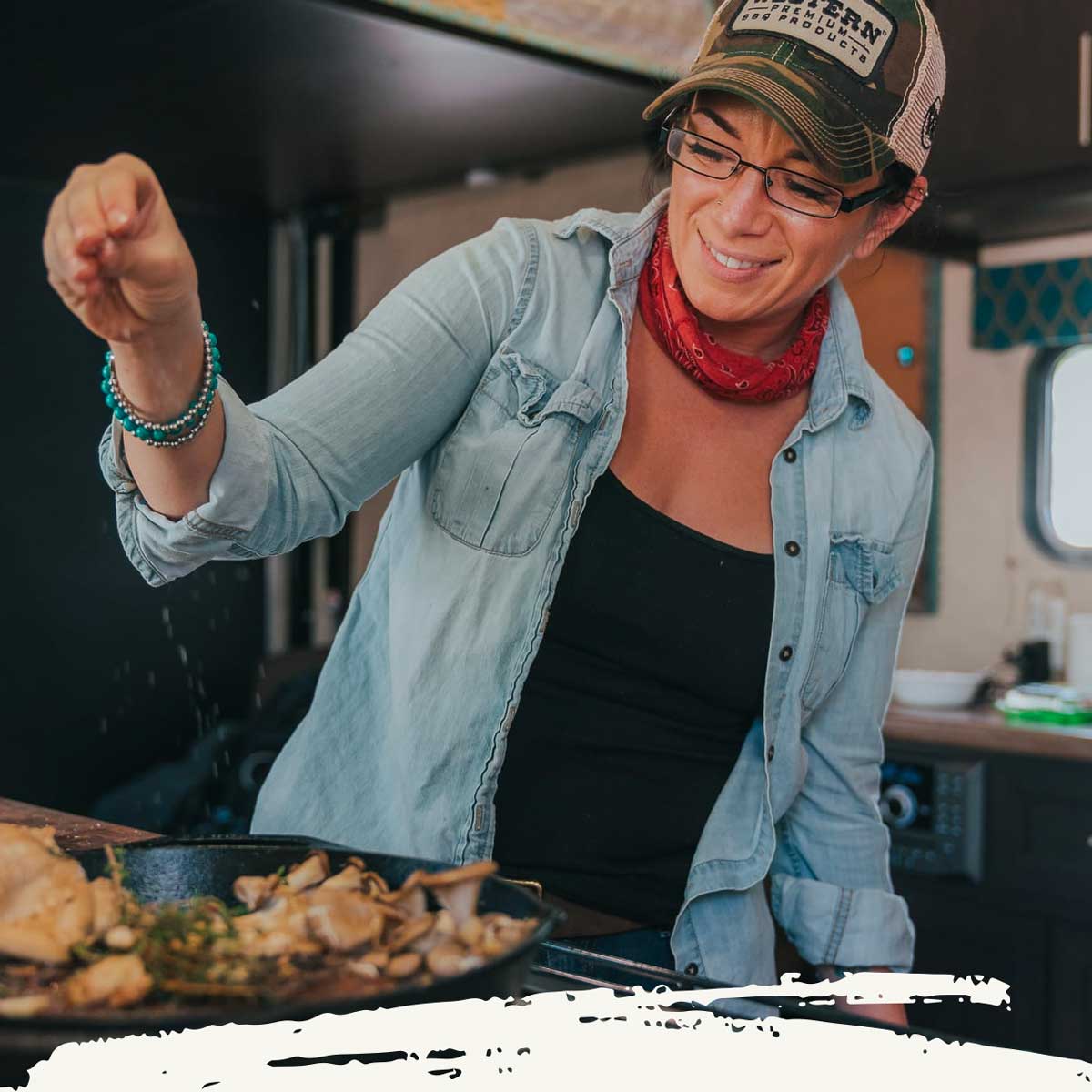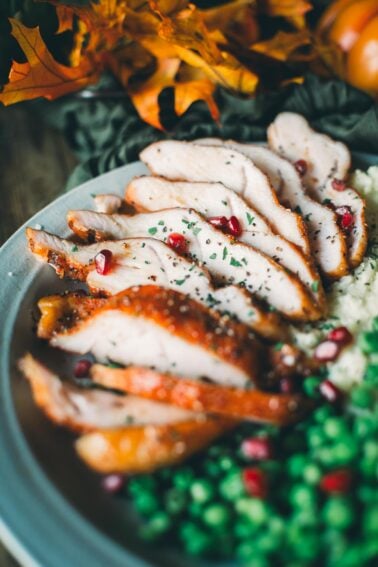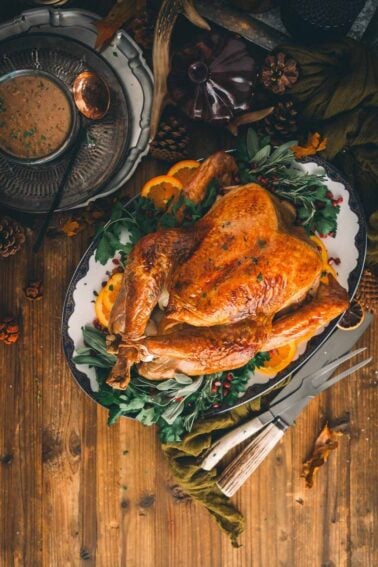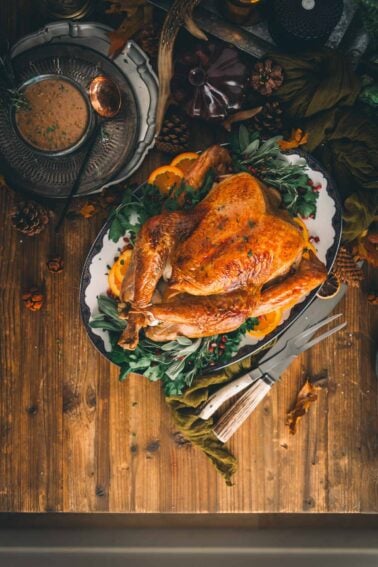Every pitmaster knows the thrill of slicing into smoked meat and finding that dark, crackling crust clinging to the outside. That crust, known simply as “bark,” is more than a byproduct of heat and smoke—it’s the signature of great barbecue. It carries the smoke, the spice, the caramelized sugars, and the slow transformation of fat into flavor. To the uninitiated, it might seem mysterious, but bark is no accident. It’s the result of patience, precision, and a cook who knows how to coax fire and seasoning into harmony.
Understanding the BBQ Bark

The bark is the rich, dark crust that forms on the surface of smoked meats. It’s a product of careful seasoning, precise heat, and time. The formation of the bark primarily involves two processes: the Maillard reaction and caramelization. The Maillard reaction is a chemical reaction between amino acids and reducing sugars, leading to the browning of the meat. Caramelization, on the other hand, is the browning of sugar, resulting in a distinct sweet, nutty flavor and brown color.
The formation of the bark does not merely contribute to the appearance and flavor of the meat. It also forms a protective layer that locks in the meat’s moisture, ensuring it remains juicy and tender. Therefore, understanding and mastering the bark’s formation is a crucial aspect of barbecuing.
The Key Ingredients for BBQ Bark

Creating a good bark requires a well-considered combination of ingredients. Sugar plays a crucial role in this process. It caramelizes and hardens on the surface of the meat, contributing to the formation of the bark. Brown sugar, with its deep, molasses flavor, is often preferred. However, too much sugar can lead to a burnt, bitter taste, so it should be used judiciously.
The right rub is another essential element for bark formation. Certain spices, such as paprika, pepper, and garlic powder, aid in the Maillard reaction, enhancing the flavor and color of the bark. Lastly, a binder like mustard or oil is necessary to ensure that the rub sticks to the meat. This not only helps the flavors penetrate deeper but also aids in forming a thicker, more pronounced bark.
The Right Meat for the Perfect Bark

The choice of meat plays a significant role in achieving the perfect bark. Fatty cuts like brisket or pork shoulder are ideal because the fat renders out during the cooking process, aiding in the formation of the bark. Lean cuts, on the other hand, can dry out and fail to develop a good bark. The preparation of the meat is equally important. Trimming excess fat and scoring the meat’s surface can enhance the bark’s formation by increasing the surface area exposed to the smoke and heat.
Moreover, the bark’s formation also depends on how well the meat holds the rub. Therefore, patting the meat dry before applying the rub can lead to a better bark. Remember, a well-prepared piece of meat is half the battle won in achieving a perfect BBQ bark.
Mastering the Smoking Techniques

Low and slow cooking is the mantra for achieving a perfect BBQ bark. High heat can cause the sugars to burn, leading to a bitter taste and poor bark formation. Therefore, maintaining a consistent temperature around 225 degrees Fahrenheit is key—also, the type of wood you use for smoking matters. Hardwoods like hickory, oak, and applewood impart a robust, smoky flavor that enhances the bark, while softwoods can impart a bitter taste.
Moisture levels also play a crucial role in the formation of bark. While the meat needs to be moist to allow the smoke to adhere, too much moisture can prevent the formation of a crispy bark. Therefore, maintaining the right balance is key. Using a water pan in the smoker can help regulate the moisture levels.
Common Mistakes and How to Avoid Them

Over-smoking the meat is a common mistake that beginners often make. This not only leads to a bitter taste but also results in a black, sooty bark. Paying attention to the color and texture of the smoke can help prevent this. Thin, blue smoke indicates a clean burn, while thick, white smoke can lead to over-smoking. Another common mistake is excessively wrapping or checking the meat, which can disrupt the temperature and hinder the formation of the bark.
A good bark should be thick enough to provide texture but not so thick that it becomes hard and chewy. Therefore, it’s important to avoid using too much rub or cooking the meat for too long, both of which can lead to a too-thick bark. On the other hand, a thin bark can result from not using enough rub or cooking the meat at too high a temperature. Thus, striking the right balance is key to achieving the perfect BBQ bark.
Advanced Tips for a Better Bark

Experimenting with different types of sugars and rubs can lead to unique flavors and textures in your BBQ bark. For instance, using turbinado sugar, which has large, raw crystals, can create a distinct, crunchy bark. Similarly, experimenting with exotic spices in your rub can elevate the flavor profile of your bark.
The Texas crutch method, which involves wrapping the meat in foil or butcher paper partway through the cooking process, can help speed up the cooking time, prevent the meat from drying out, and enhance the bark’s formation.
Finally, spritzing the meat with a mixture of apple cider vinegar and water can help maintain moisture levels, prevent the bark from drying out, and add a layer of flavor to the bark. Remember, the journey to mastering BBQ bark involves a lot of experimentation and learning from mistakes, but the results are well worth the effort.
Hungry for more? Subscribe to our newsletter and become part of the world’s best meat community! From grilling tips to smoky secrets, we send you the best recipes, guides, and expert advice to master every cut.













